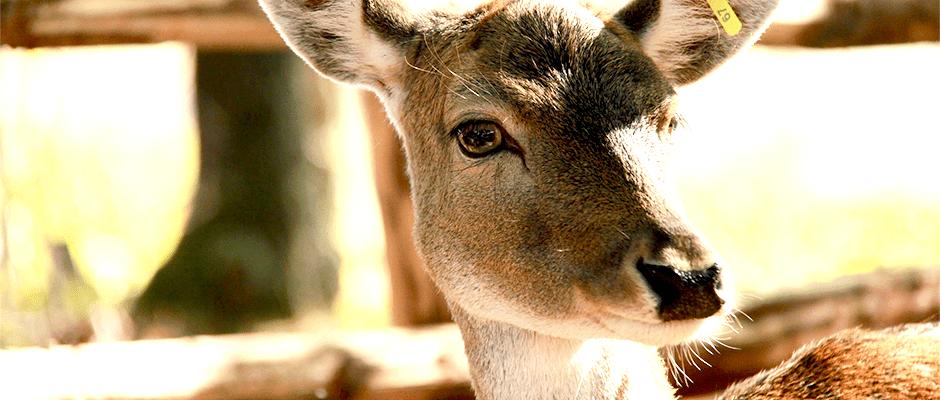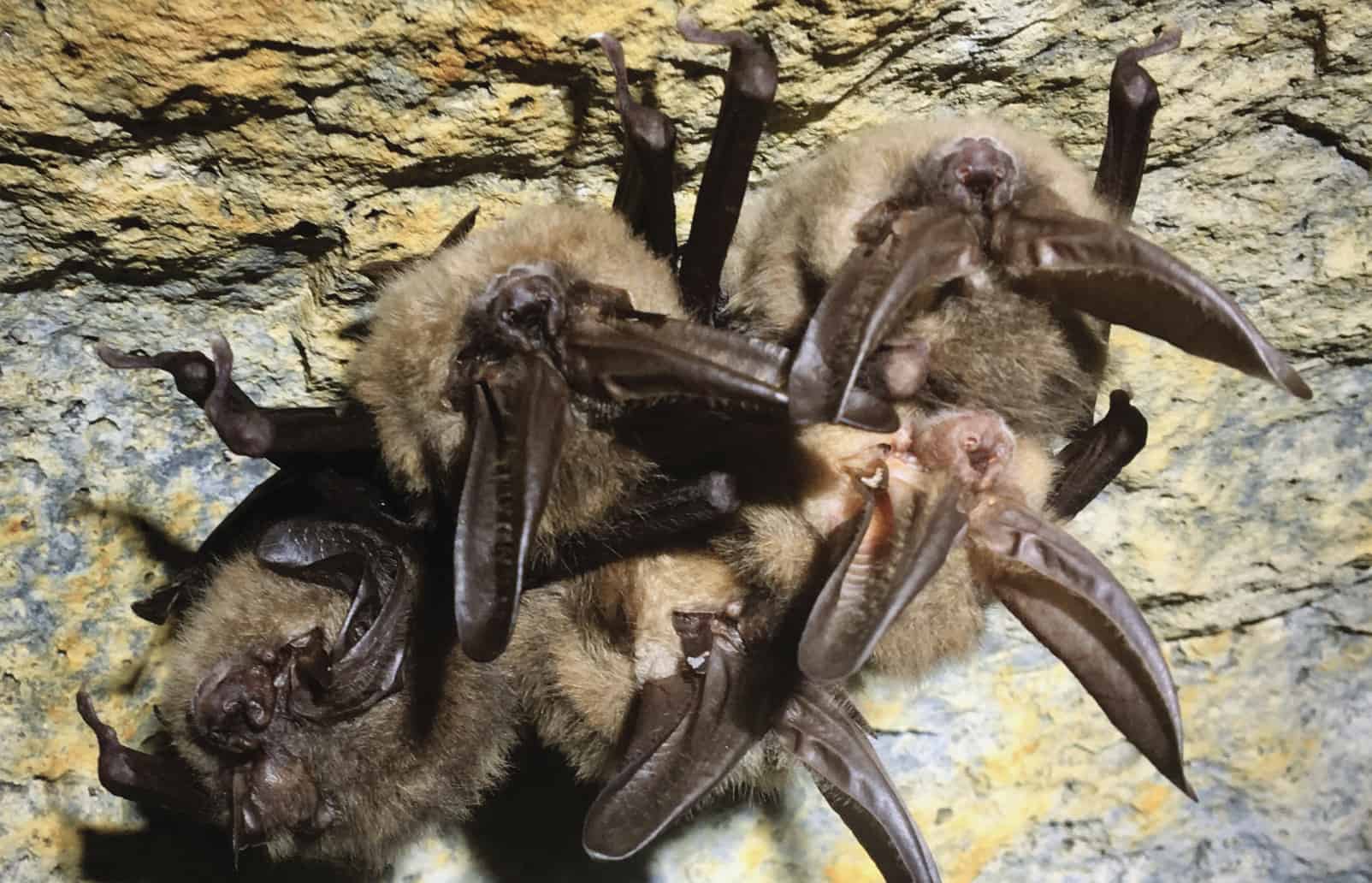Share this article
TWS submits testimony on CWD program revisions
The Wildlife Society submitted comments on Chronic Wasting Disease Program standards. The Animal and Plant Health Inspection Service began the process of revising the standards in March 2018.
CWD is a fatal degenerative neurological disease that affects animals in the cervid family, such as deer, elk, and moose. The disease can be transmitted between captive and wild cervid populations, and can be spread to new states when animals or carcasses are transported over state lines. It is a type of transmissible spongiform encephalopathy similar to Creutzfeldt-Jacob Disease in humans or scrapie in sheep or goats; these diseases are thought to be caused by proteins called prions that can persist in the soil for several years.
The disease is a serious problem for wild populations and managers. In April 2017, officials in Norway approved culling a herd of reindeer (Rangifer tarandus) after three animals were the first documented cases of CWD in Europe.
The letter explains that the disease has not been found in 23 states and two provinces in North America, and nine new CWD-positive herds have been found in captive facilities since the beginning of 2018. Between 2011 and 2016, the number of free-ranging white-tailed deer (Odocoileus virginianus) that tested positive for CWD doubled in Wisconsin.
“Once CWD are in our wild herds, it is a tremendous burden on our wildlife agencies. It not only impacts the agency priorities, staffing, and expenses, but also affects the public perception of wildlife value and interest in hunting,” said Dr. Krysten L. Schuler, a wildlife disease ecologist and Chair-elect for the TWS wildlife diseases working group.
To help prevent the spread of CWD, APHIS began a voluntary CWD herd certification program that included prevention and inspection standards for farmed and captive cervids 2012. The program was last revised in 2014.
TWS expressed concerns that the new revisions are not strong enough to stop the disease and hold captive herd owners accountable for complying with the program standards. The letter suggests additional standards to help stop the disease including better fencing around lands with captive herds to help prevent contact between wild and captive populations. TWS also suggested requiring external identification marks for captive animals, mandatory testing of suspect animals and better record keeping among other proposed standards.
“As leaders in wildlife science, it is incumbent upon TWS to provide authoritative review of policies that impact our wildlife resources. Even though the USDA CWD Standards were developed for captive animals, it is impossible to ignore the potential impact of these policies on free-ranging cervid populations in this country,” Schuler said.
Read the TWS Position Statement on wildlife disease and learn more in the Technical Review.
Header Image: CWD is often spread when infected individuals from captive herds are transported to new areas and interact with wild cervids. ©Cristian Bortes








